An interview with Laurent Goldstein by Desislava Velichkova
Laurent Goldstein: “In my portrait gallery most of the time people are smiling. I am addicted to happiness!”
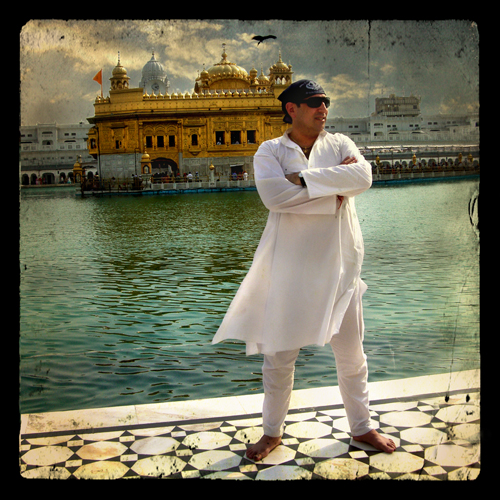
So Close To Heaven
Laurent Goldstein was trained to be an architect, but then he became the designer and the art manager of several high fashion companies in Paris, London and Milan, before settling in India in order to launch a household linen label.
Along the Ganges relationships with people are different and Laurent carries on this human adventure through photography, which allows him to extend his glance to the world and to show many aspects of the Indian society sometimes deeply devoted to its traditions or on the contrary forward-looking.
Benares, the oldest living city in the world, became one of his favorite topics, and after adding a specific treatment, his images seem timeless and in a kind of biblical set which can sometimes remind the world of Bosch. He is introducing people who are often soaked in a state of grace.
When did you find photography as a way to express yourself?
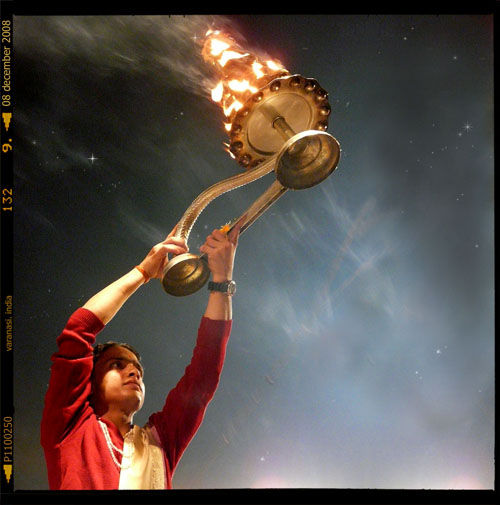
Lord of the whole Universe
As far as I can remember I always took pictures, it consciously became a way to express myself once I settled in India. Photography was a medium in order to explain my daily life to my friends and relatives left in Europe.
Is it easier to “talk” to people when you’re taking their photos than when you’re having a regular conversation?

Etymology of Orange
Not for me, I am easily talking to people and I usually don’t speak while I am taking pictures. However after I always show the pictures to the people and then we talk, I try to know who they are, and it helps me to add a few words to my images.

I seek refuge at Thy feet
What do you see in a child’s face?
I see the future.
Children are our future and I try to help by doing Fund Raising through exhibitions associated with “Art for Prabhat”, an institution for the cause of Rehabilitation and Self sustenance of the Mentally Challenged Children in India.
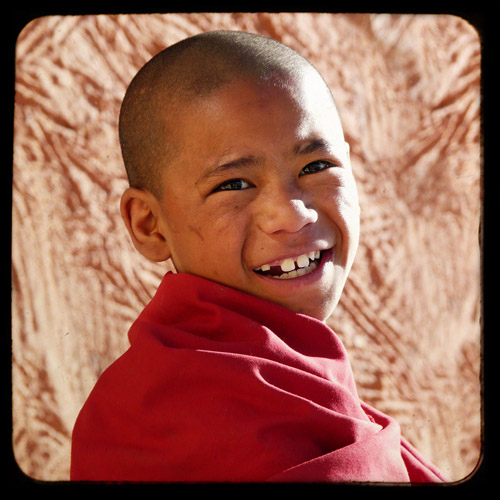
Pure Bliss

Beyond Orientalism
I have also started a program in order to send a few children to school in Varanasi (Benaras) with some other work I am doing.

Learning Happiness
What about the women you are photographing?
Indian women have been teaching me the meaning of dignity. Even if they look very feminine wearing their saris, heavy make-up and beautiful jewels, they are stronger than men and I understand that in North India they often rule everything.
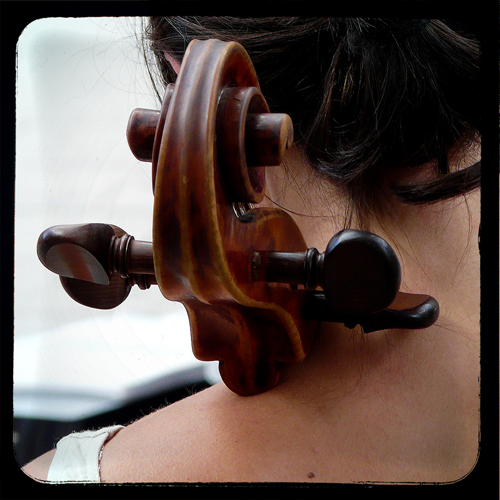
A Cellist in the Street
They are the shepherds of traditions and they have an amazing sense of humor. Women accept my camera very easily, I guess I am lucky.

Monsoon's showers
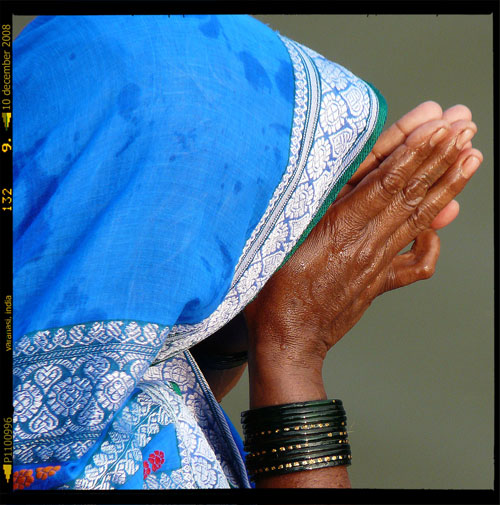
With Her Praying Hands
Do you understand the Indian culture? I would say you really do realize what they do and how to capture a moment…
Before shifting to India I didn’t have a real knowledge about the country, I knew a few basic things only. I realized that most of the things I thought were wrong. Once I was there I had to learn as much as I could about the many cultures and the social rules in order to become an active member of this society.

Becoming Shiva
Now I belong to an Indian family, I speak Hindi and some Urdu and everyone accepts me as an Indian. Of course it helps me when I take pictures, I respect the values of people and in return they have so much to give me. I get a very intimate relationship with anyone who comes in front of my camera.

A Circle of Reflecting Metaphors
Tell me about the portraits!
I enjoy taking portraits. Each time I am trying to capture the soul and the true nature of someone.

La Celestina Gujarati
Sometimes I need many shots or I am happy with one shot only, it depends of the moment, of the light and the mood of my model. In my portrait gallery most of the time people are smiling, I am addicted to happiness.
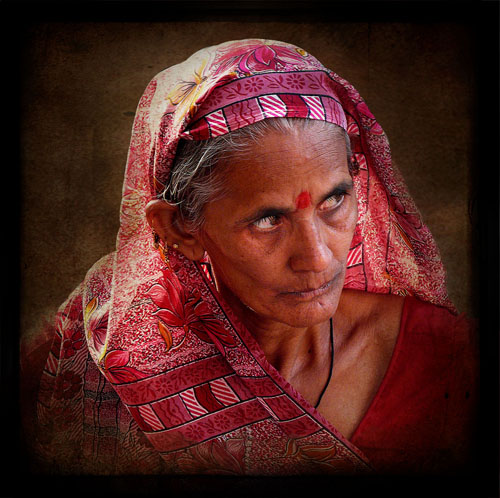
The Significance of Suffering
What do you think of people who do not want to be photographed? (I must confess I’m one of them…)
Well, I am one of them as well and this is the reason why I never look serious in a picture. I even hate to do a self-portrait; it is a real torture whenever I have to make one. So I understand those like me and I never insist on taking a picture if they refuse.

A world of his own
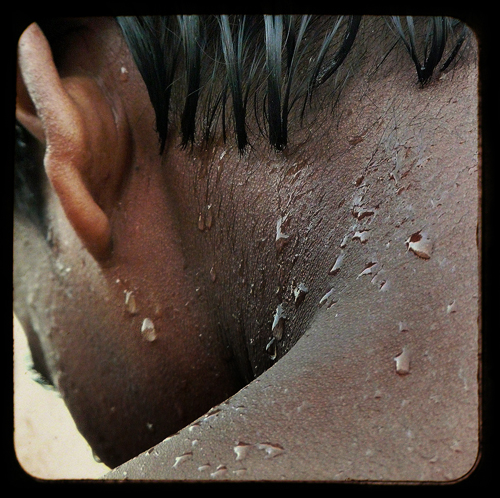
O Pardesi
However it is also a matter of confidence and the most reluctant people end up asking me to make their portrait once they know a little more of me and against all odds we get happy surprises when we look at the results.
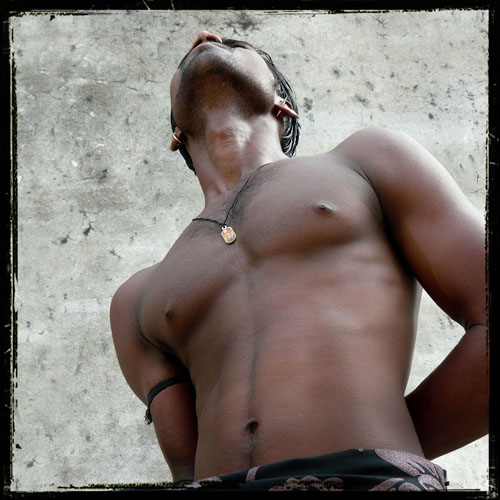
All those Lustful People
Tell me more about these people you’ve met! How do they let you go so close – behind their masks?
India is a cornucopia for any photographer; I have met many extraordinary people there, all from so many backgrounds and with so many different cultures and religions. With everyone I have learned something and each picture is related to a human story.

Shining, Unattached and Attributeless
What’s the feeling of spending time among so different people with a culture that is not always clear for us?
I take it as a gift.

Here Comes the Sun
It allowed me to open my mind, to learn how to give and to receive. I understood that it’s always the same and only God that we worship in so many ways and therefore whoever we are, we are all brothers and sisters.
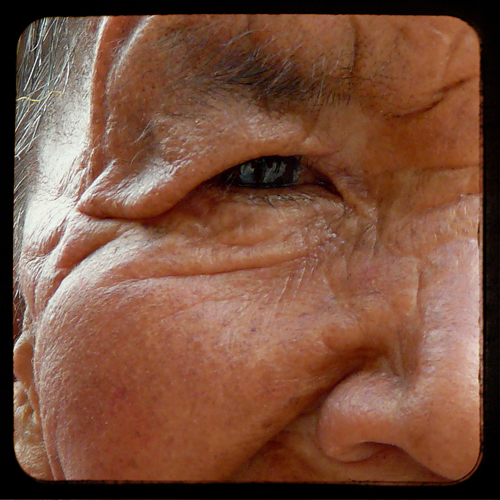
The Fulfillment of Compassion
In India people love to be in front of a camera, they even take it very badly if you refuse to take their picture. However most of the time they strike stiff poses with no expression as if we had to make a passport picture.
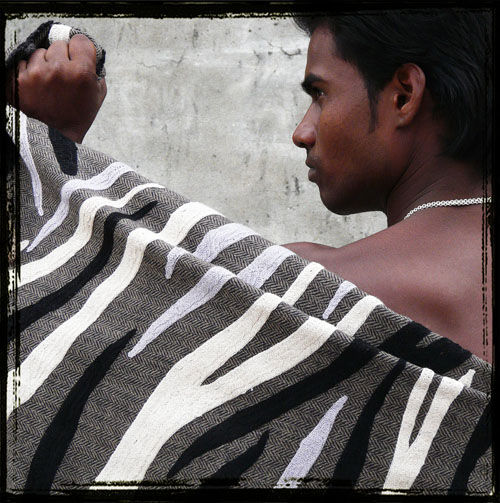
With a Zebra Fierce
So I talk to them, I try to understand who they are, I even make jokes, I create a relationship and in a very short while they drop the mask and allow me to see their true colors.
Is there some kind of fear among them? Were they distant in the beginning?
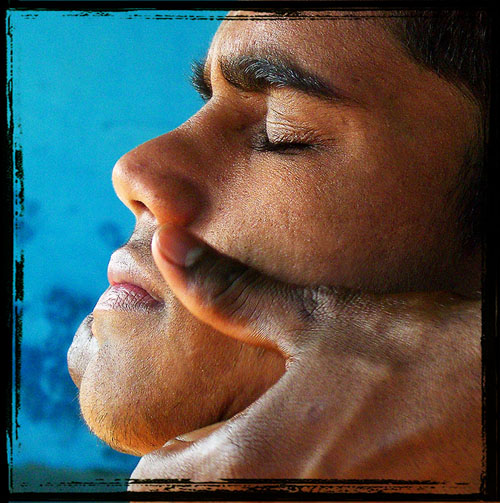
The Smallest Acts
I don’t feel any fear or distance, on the contrary I find everyone open and friendly with me. I believe that it also comes from my attitude, sometimes people even forget that I am here with a camera; they accept me in places which are usually forbidden to photographers.

With Devotion
What about the Indian sunrise?
During the monsoon the sky takes on unreal colors, like a Bollywood set. The light at sunrise is simply stunning; it is my favorite moment for going to the Ganges.

The Appearance of Things
Then I find the sun’s reflection in the holy waters which always provides the best pictures. In Varanasi (Benaras) everything is wrapped in a silver and gold light at that moment, it gives a timeless touch to my pictures.

In the soil of prayer
And sunsets? What was the difference between the sunsets you’ve seen before and the Indian sunsets?
Indian sunsets are fast, you have to be at the right place in time, they last a few minutes only. I think they are longer in Europe.
Thank you very much for this interview!



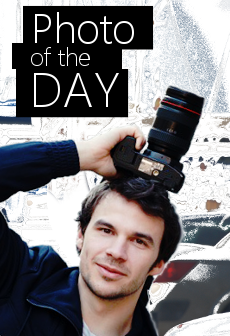







13 comments so far ↓
Nobody has commented yet. Be the first!
Comment